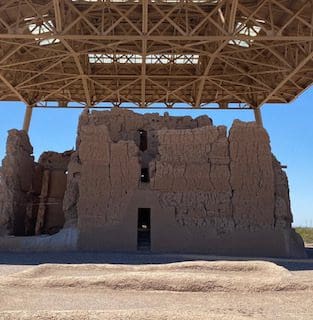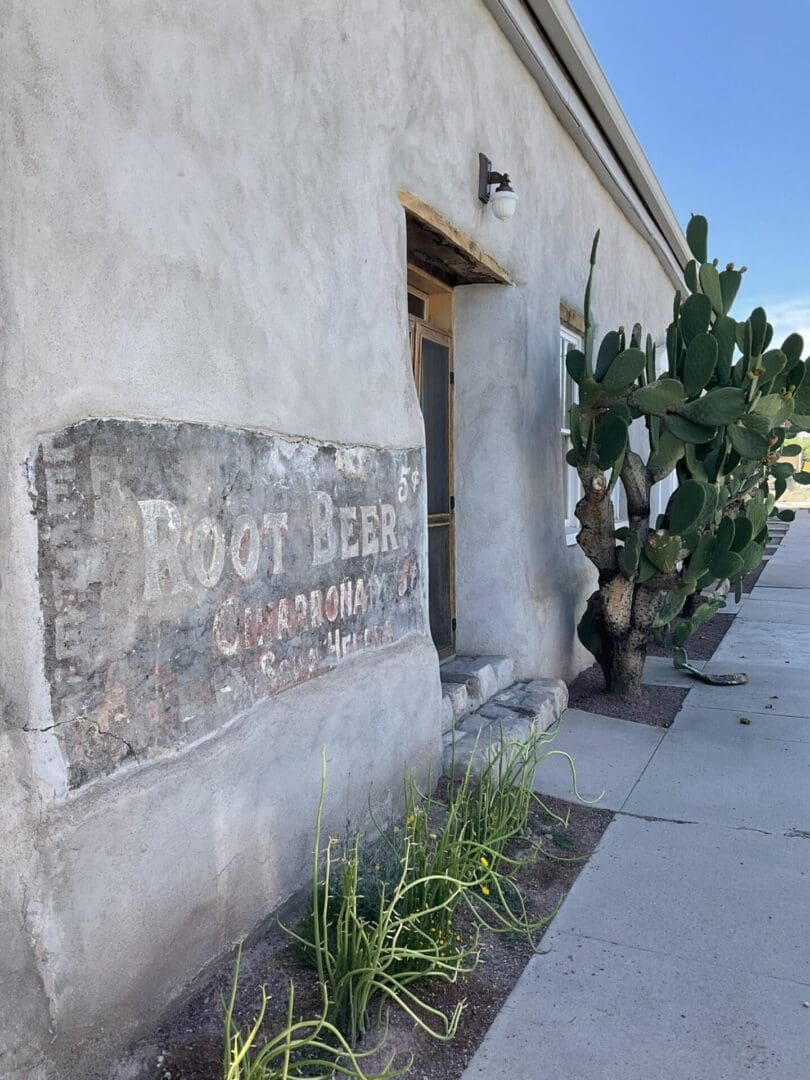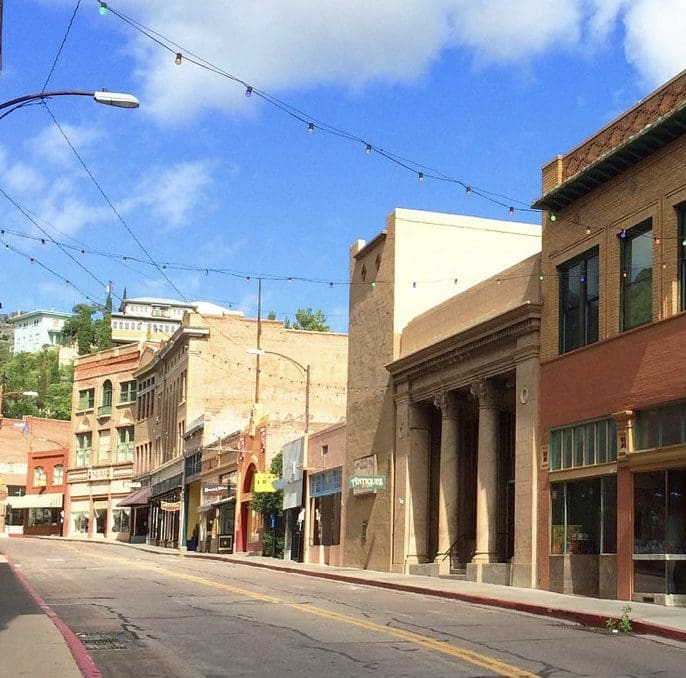Explore Our Southern Counties
Pinal County
Pinal south of the Gila, Pima, Santa Cruz, and Cochise are ‘borderlands’ connected by early history and culture, connected waterways, and by the Gadsden Purchase with Mexico. Pinal County's early inhabitants included the Hohokam, who developed extensive canal systems along the Gila River. The Akimel O'odham (Pima) and Tohono O'odham peoples are descendants of the early cultures. A visit to Casa Grande Ruins National Monument includes the four-story Hohokam structure, showcasing the area's prehistoric engineering prowess. Downtown Florence about a 15 minute drive away has an historic downtown with many Victorian buildings. The county's growth was fueled by mining and Cotton. Pinal County is currently one of Arizona's fastest-growing regions, It is balancing its agricultural roots with suburban expansion, highlighting water management and sustainable development in a desert environment.
- Florence Downtown National Historic District: https://www.visitarizona.com/places/cities/florence/
- Casa Grande National Park: https://www.nps.gov/cagr/index.htm
- Gadsden Purchase: https://history.state.gov/milestones/1830-1860/gadsden-purchase

Pima County
Pima County is the second-most populous county in the south-central region of the U.S. state of Arizona. The county lies at an ecological crossroad where habitats and species from the neo-tropics meet the Rocky Mountains and the Sonoran Desert. The diversity in flora, fauna, and geology is spectacular. It contains one of North America’s longest inhabited areas—the Santa Cruz River valley. It is rich in pre-Columbian archeology, history, and historic routes such as the De Anza Trail, as well as the living cultures of Native American tribes. Pima County is home to some of the best world-class attractions in Arizona. We invite you to visit these attractions during your stay in Southern Arizona.

Santa Cruz County
Santa Cruz County is still sparsely populated and remains an excellent destination for bird and wildlife photographers, hikers, ghost-town hunters, kayakers, and other outdoor enthusiasts.
Santa Cruz County, formed on March 15, 1899, out of what was then Pima County, is named after the Santa Cruz River. The river originates in the Canelo Hills in the eastern portion of the county, crosses south into Mexico near the community of Santa Cruz, Sonora, and then bends northwards, returning into Santa Cruz County east of Nogales.

Cochise County
Cochise County was created on February 1, 1881, out of the eastern portion of Pima County. It took its name from the legendary Chiricahua Apache war chief, Cochise. The county seat was Tombstone until 1929 when officials moved it to Bisbee.
Cochise County history has something of interest for everyone: from the Paleo-Indians to the Spanish explorers, from the Mexican settlers to the Chiricahua Apaches, from the early-U.S. pioneers to the vibrant citizens of today.
The communities of Cochise County are bound by geography and a common vision to enhance the regional economy through tourism and economic development, and they share their passion for the region with potential visitors, businesses, and residents.


